Chapter 1: Introduction
- Brief overview of Japan’s history and culture
- Importance of landmarks in Japan
- Purpose of the article
Chapter 2: Tokyo
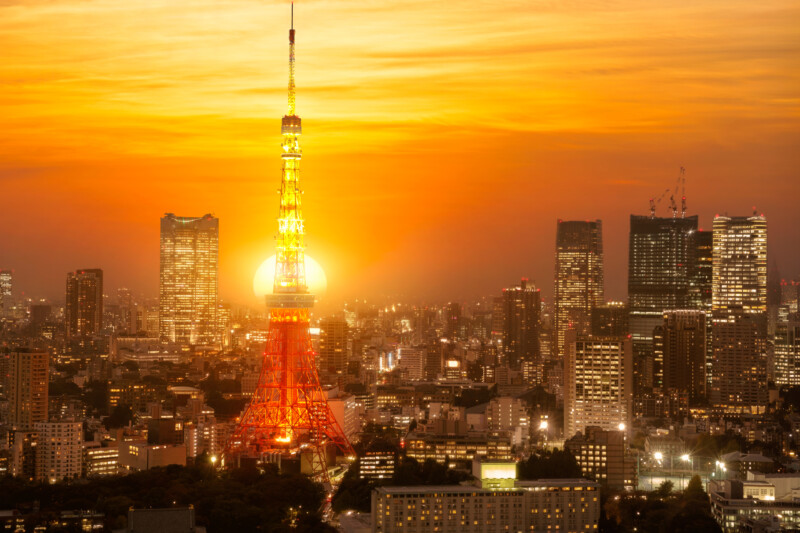
- Tokyo Tower
- Tokyo Skytree
- Senso-ji Temple
- Meiji Shrine
- Imperial Palace
- Shibuya Crossing
- Harajuku
- Tsukiji Fish Market
Chapter 3: Kyoto
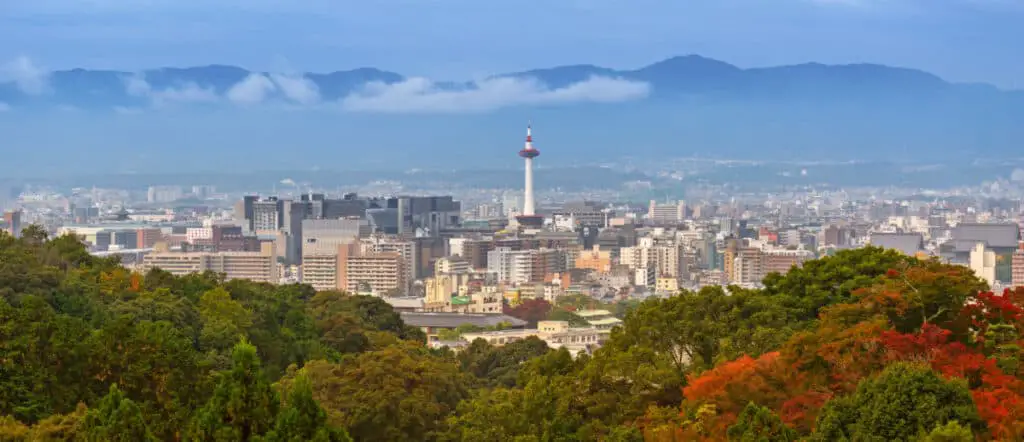
- Kiyomizu-dera Temple
- Fushimi Inari Taisha
- Arashiyama Bamboo Grove
- Golden Pavilion (Kinkaku-ji)
- Nijo Castle
- Gion District
- Philosopher’s Path
- Tofuku-ji Temple
Chapter 4: Osaka
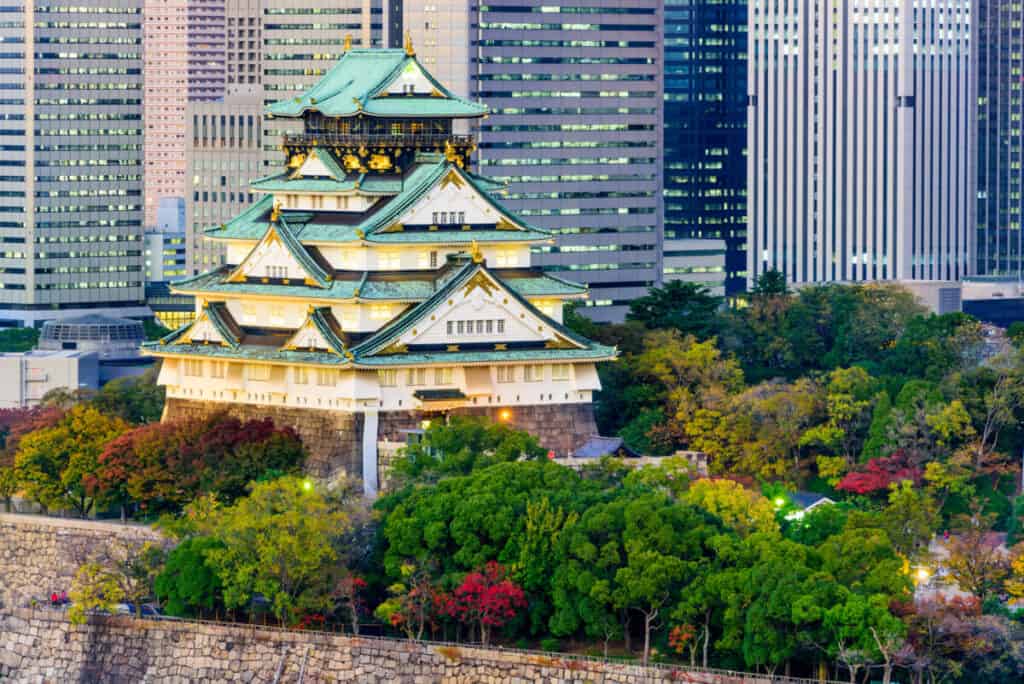
- Osaka Castle
- Dotonbori
- Universal Studios Japan
- Shitennoji Temple
- Tsutenkaku Tower
- Osaka Aquarium Kaiyukan
- Umeda Sky Building
- Sumiyoshi Taisha
Chapter 5: Hokkaido
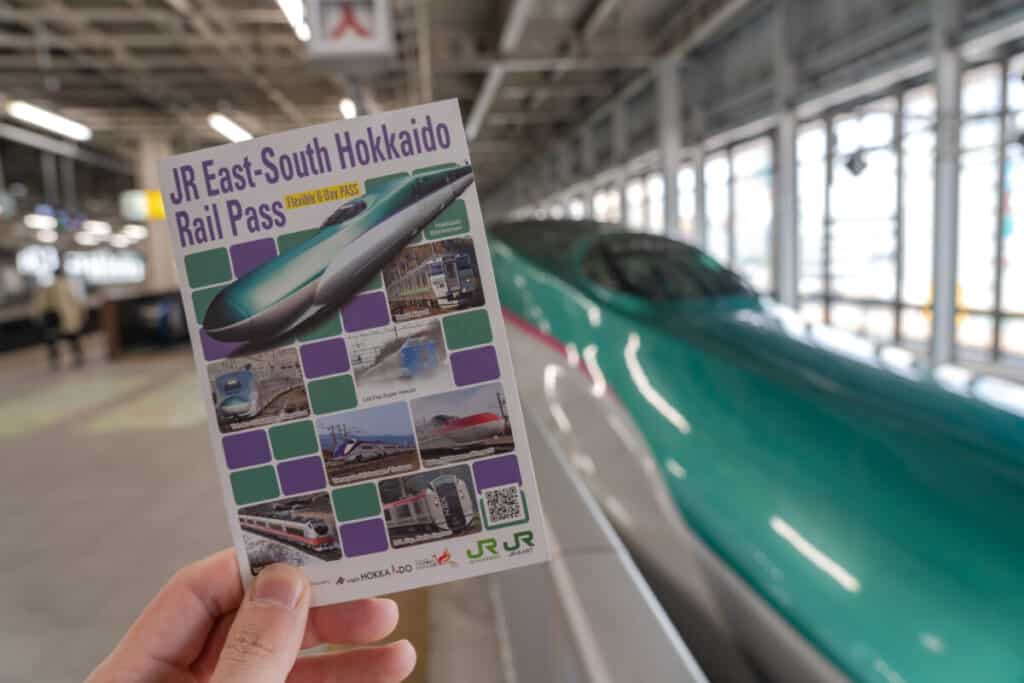
- Sapporo Clock Tower
- Asahiyama Zoo
- Otaru Canal
- Shiroi Koibito Park
- Mount Moiwa
- Lake Toya
- Blue Pond
- Niseko Ski Resort
Chapter 6: Hiroshima
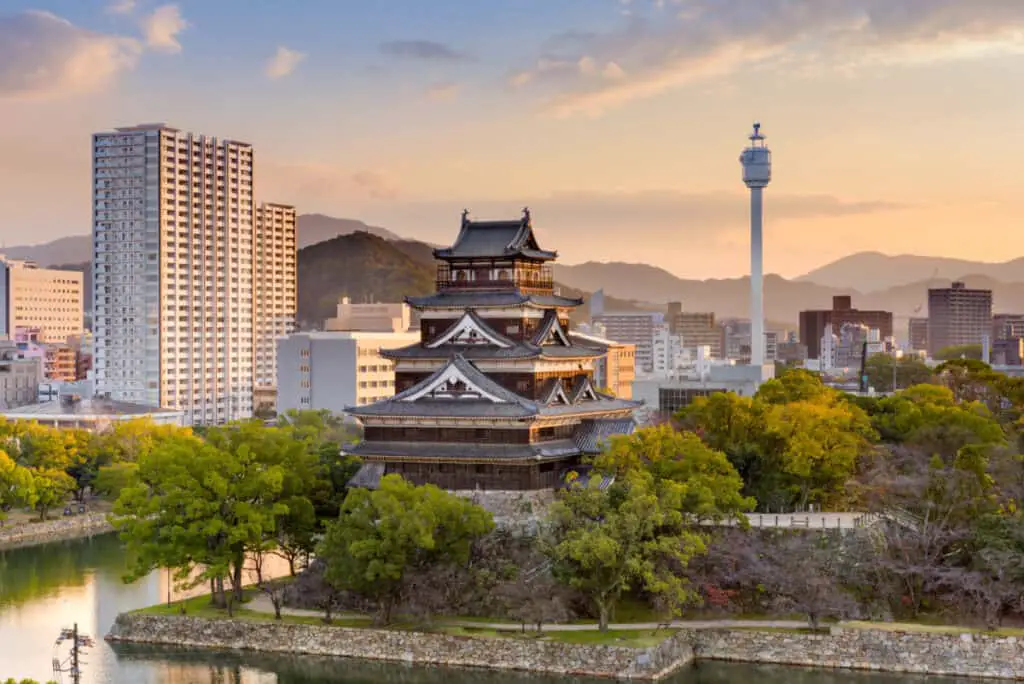
- Hiroshima Peace Memorial Park
- Itsukushima Shrine (Miyajima)
- Hiroshima Castle
- Shukkeien Garden
- Mazda Museum
- Hiroshima City Museum of Contemporary Art
- Atomic Bomb Dome
- Mitaki-dera Temple
Chapter 7: Nagoya
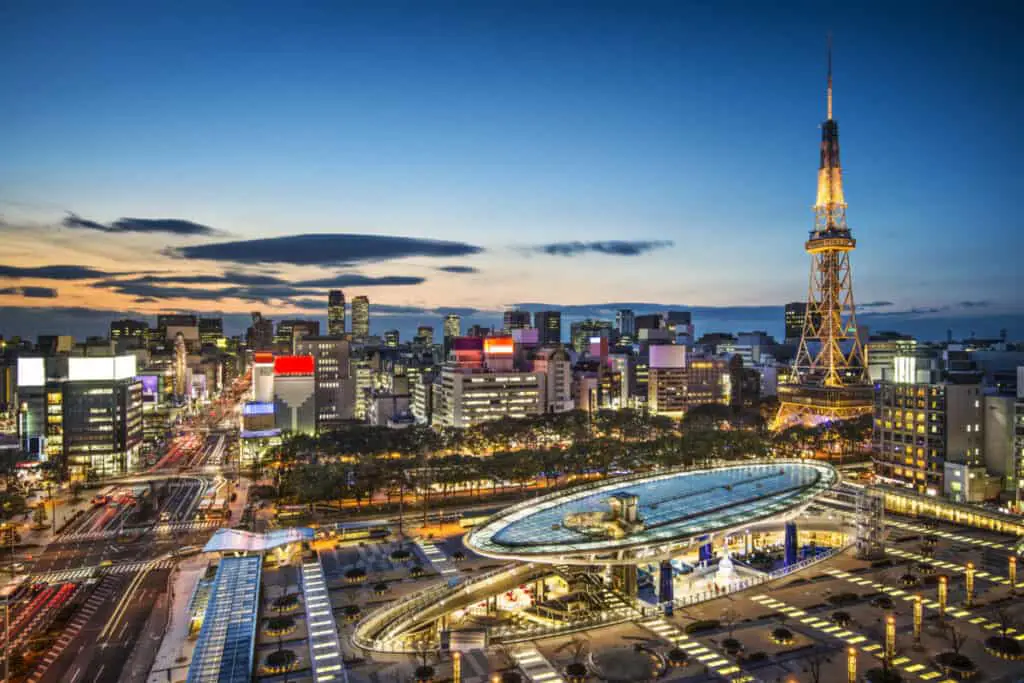
- Nagoya Castle
- Atsuta Shrine
- Osu Kannon Temple
- Tokugawa Art Museum
- Nagoya City Science Museum
- Port of Nagoya Public Aquarium
- Oasis 21
- SCMAGLEV and Railway Park
Introduction
Japan is a country with a rich history and a unique culture that has fascinated people all over the world for centuries.
From its ancient traditions and customs to its modern technology and entertainment, Japan is a country that has something for everyone.
One of the most important aspects of Japanese culture is its landmarks. These landmarks are not only symbals of Japan’s history and culture, but they also provide a glimpse into the country’s past, present, and future.
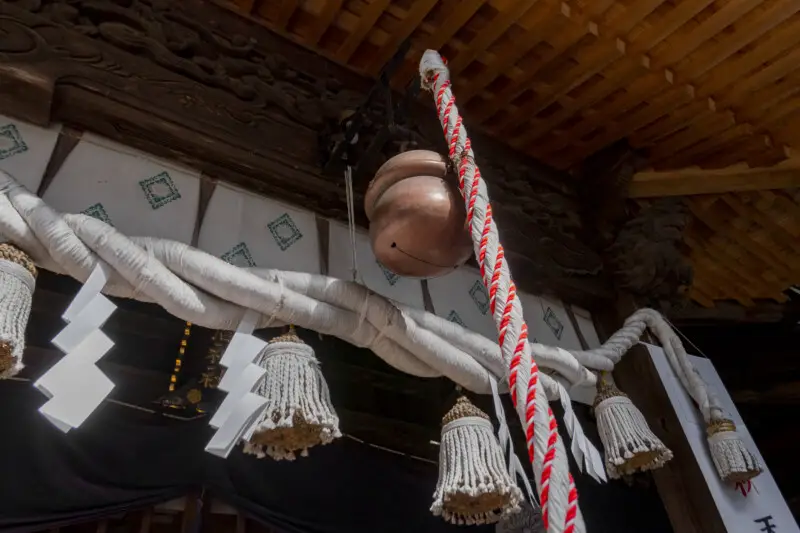
Japan’s landmarks range from ancient temples and shrines to modern skyscrapers and theme parks.
This article will explore Japan’s 50 most iconic and popular landmarks, providing a comprehensive guide for travelers and anyone interested in Japanese culture.
We will delve into the history, cultural significance, and unique features of each landmark, highlighting what makes them so special and why they are worth visiting.
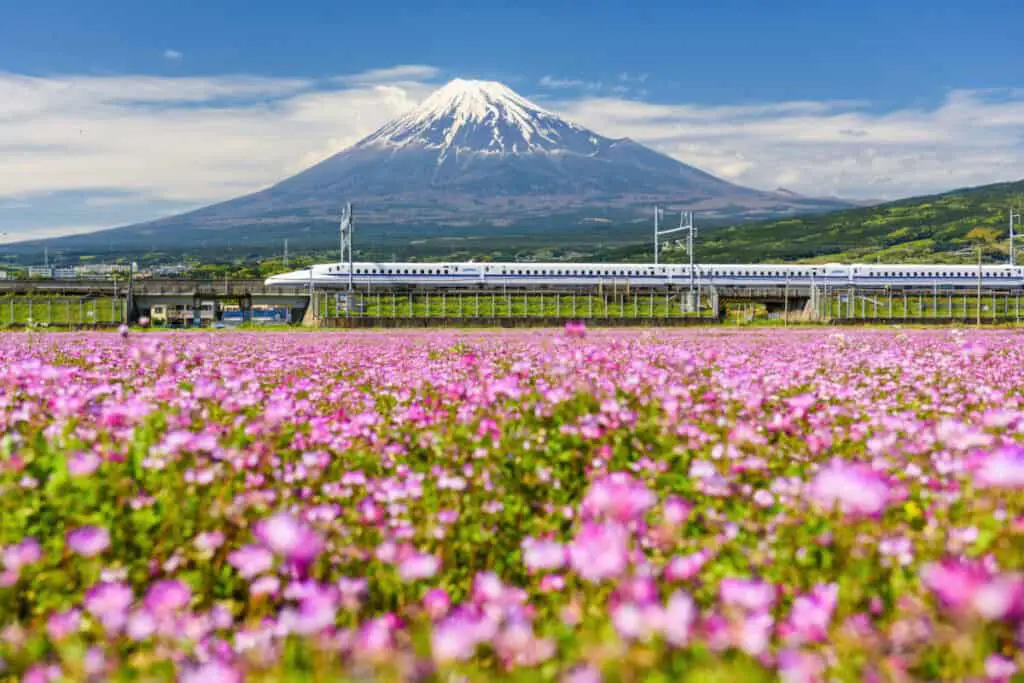
In addition, we will also examine the role of landmarks in Japan’s culture, exploring how they reflect the country’s values, beliefs, and identity.
We will consider the influence of Japan’s geography, religion, and social norms on the development of its landmarks, as well as the impact of globalization and modernization on their evolution.
Ultimately, this article aims to provide readers with a deeper understanding and appreciation of Japan’s landmarks, while also inspiring them to explore the country’s rich cultural heritage.

Whether you are a seasoned traveler or a curious reader, this article will take you on a journey through Japan’s most iconic and popular landmarks, and offer a glimpse into the heart and soul of this fascinating country.
Tokyo
Tokyo is the bustling capital of Japan and home to some of the country’s most iconic landmarks.
From towering skyscrapers to ancient temples, Tokyo is a city of contrasts that seamlessly blends tradition and modernity.
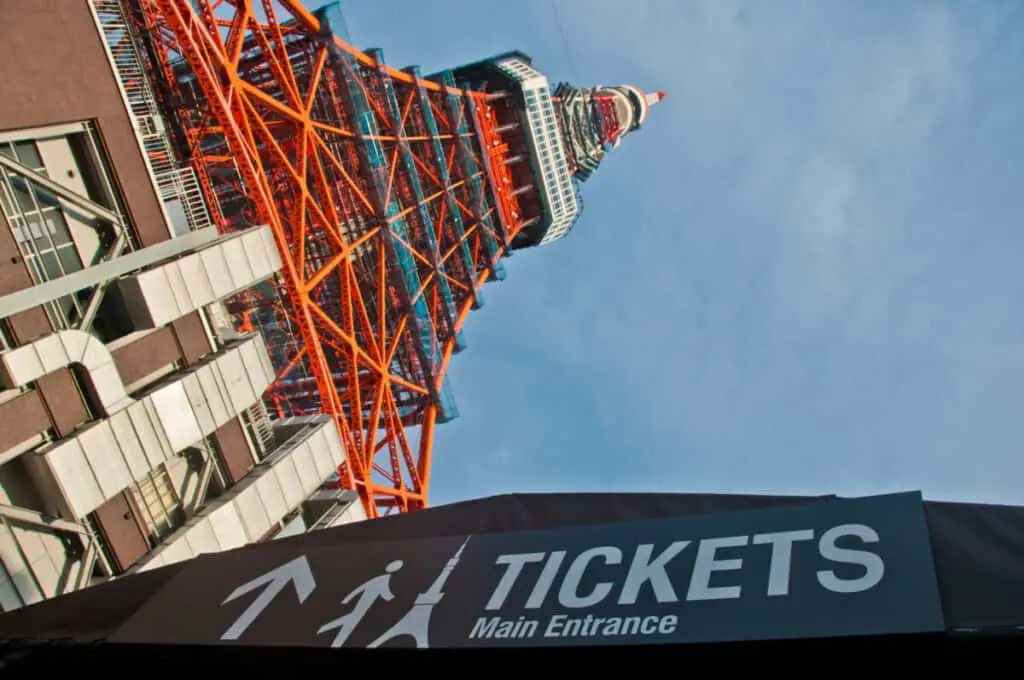
- Tokyo Tower Tokyo Tower is one of the city’s most recognizable landmarks, standing at 333 meters tall. Built in 1958, it was designed to resemble the Eiffel Tower in Paris and serves as a symbol of Japan’s post-war economic boom. Visitors can enjoy stunning panoramic views of the city from its observation deck.
- Tokyo Skytree The Tokyo Skytree is the tallest structure in Japan, reaching a height of 634 meters. It was built in 2012 and is a popular tourist attraction that offers spectacular views of the city. It is also home to a shopping complex, restaurants, and an aquarium.
- Senso-ji Temple Senso-ji Temple is one of Tokyo’s oldest and most revered Buddhist temples. It was founded in the 7th century and is dedicated to the bodhisattva Kannon. Visitors can explore the temple’s beautiful architecture, traditional gardens, and shops selling traditional Japanese souvenirs.
- Meiji Shrine Meiji Shrine is a Shinto shrine dedicated to the deified spirits of Emperor Meiji and Empress Shoken. It was built in 1920 and is located in a lush forested area in the heart of Tokyo. Visitors can participate in traditional Shinto rituals and enjoy the peaceful surroundings.
- Imperial Palace The Imperial Palace is the primary residence of the Emperor of Japan and the imperial family. It is located in the center of Tokyo and is surrounded by beautiful gardens and moats. Visitors can enjoy guided tours of the palace grounds and the museum, which houses a collection of imperial treasures.
- Shibuya Crossing Shibuya Crossing is one of the busiest pedestrian crossings in the world, located in the heart of Tokyo’s Shibuya district. It is known for its neon lights, giant video screens, and bustling crowds. Visitors can experience the excitement of this iconic landmark by crossing the intersection themselves.
- Harajuku Harajuku is a trendy district in Tokyo known for its fashion, street art, and youth culture. It is home to the famous Takeshita Street, a narrow alley lined with shops selling unique fashion items and quirky accessories.
- Tsukiji Fish Market Tsukiji Fish Market is the largest fish market in the world, located in central Tokyo. It is a popular attraction for visitors who want to experience the sights and sounds of a bustling market and sample fresh seafood dishes.
Kyoto
Kyoto is a city in central Japan that is renowned for its rich history, traditional culture, and stunning landmarks.
Known as the cultural heart of Japan, Kyoto is home to countless temples, shrines, and gardens that provide a window into the country’s ancient past.
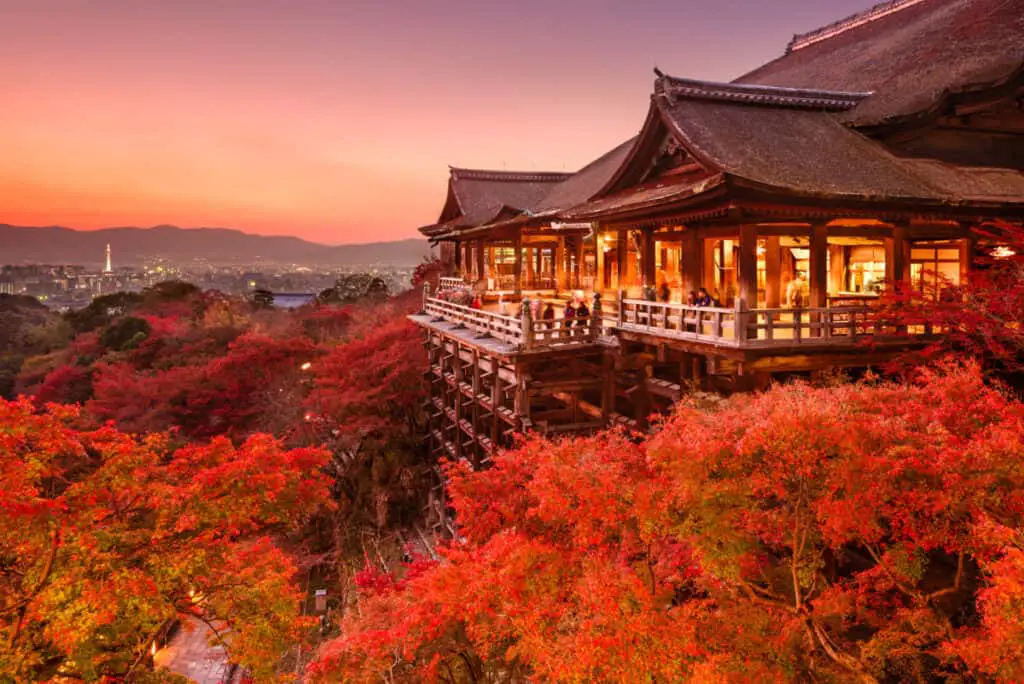
- Kiyomizu-dera Temple Kiyomizu-dera Temple is one of Kyoto’s most famous landmarks, located on a hill overlooking the city. Built in the 8th century, it is a UNESCO World Heritage Site and is known for its stunning wooden architecture, traditional gardens, and sweeping views of the city.
- Fushimi Inari Shrine Fushimi Inari Shrine is a Shinto shrine that is famous for its thousands of torii gates, which form a tunnel-like pathway leading up to the top of Mount Inari. Visitors can explore the shrine’s beautiful grounds and hike through the torii gates to enjoy stunning views of the city.
- Kinkaku-ji Temple Kinkaku-ji Temple, also known as the Golden Pavilion, is a stunning temple that is covered in gold leaf. Built in the 14th century, it is a UNESCO World Heritage Site and is known for its beautiful gardens and reflection pond.
- Arashiyama Bamboo Grove The Arashiyama Bamboo Grove is a tranquil forested area located in the western outskirts of Kyoto. It is known for its towering bamboo stalks that create a serene and peaceful atmosphere.
- Gion District The Gion District is a historic area of Kyoto that is known for its traditional architecture, geisha culture, and cherry blossom-lined streets. Visitors can explore the district’s narrow alleys, shops, and tea houses, and may even catch a glimpse of a geisha or maiko (apprentice geisha) walking along the streets.
- Nijo Castle Nijo Castle is a historic castle that was built in the 17th century as the residence of the shogun. It is a UNESCO World Heritage Site and is known for its stunning architecture, beautiful gardens, and elaborate paintings on the interior walls.
- Philosopher’s Path The Philosopher’s Path is a picturesque pathway that runs along a canal in Kyoto’s Higashiyama District. It is named after the philosopher Nishida Kitaro, who was said to have walked along the path daily while contemplating his ideas. Visitors can enjoy a peaceful stroll through the cherry blossom-lined pathway and take in the beautiful scenery.
Osaka
Osaka is a bustling city in the Kansai region of Japan that is known for its delicious food, vibrant nightlife, and friendly locals.
However, Osaka is also home to a number of iconic landmarks that are worth visiting. In this section, we will explore some of the most famous landmarks in Osaka.
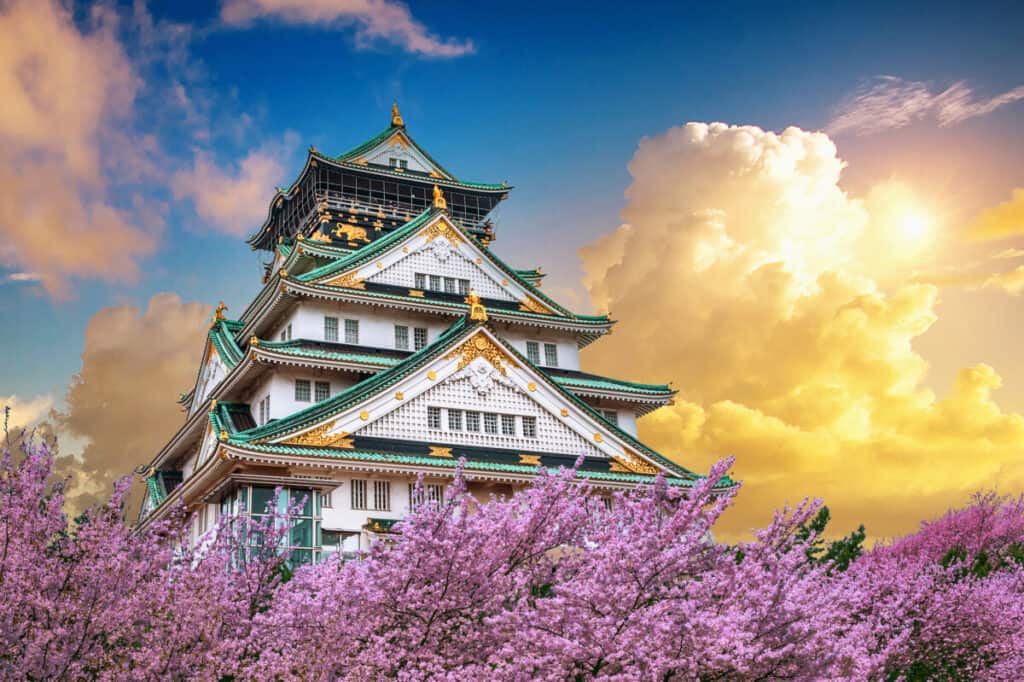
- One of the most famous landmarks in Osaka is Osaka Castle. This impressive castle was built in the late 16th century and played a major role in the unification of Japan. Today, Osaka Castle is a popular tourist attraction and is surrounded by beautiful gardens and a moat. Visitors can explore the castle grounds and learn more about the history of this important landmark.
- Dotonbori is a vibrant neighborhood in Osaka that is known for its lively nightlife and delicious food. The main attraction in Dotonbori is the Glico Running Man sign, which has become an iconic symbol of Osaka. Visitors can enjoy shopping, dining, and entertainment in this bustling district.
- Shinsekai is a lively neighborhood in Osaka that is known for its unique atmosphere and delicious food. This district was built in the early 20th century and was designed to be a symbol of modern Japan. Today, Shinsekai is a popular tourist attraction and is home to a number of restaurants and shops.
- The Umeda Sky Building is a unique landmark in Osaka that is known for its stunning architecture and observation deck. This impressive building consists of two towers that are connected by a floating garden observatory. Visitors can take an elevator to the top of the building and enjoy panoramic views of the city.
- Shitennoji Temple is one of the oldest temples in Japan and is located in Osaka. This important landmark was built in the 6th century and is dedicated to the Four Heavenly Kings, who are the guardians of Buddhism. Visitors can explore the temple grounds and learn more about the history of Buddhism in Japan.
- The Osaka Aquarium Kaiyukan is one of the largest aquariums in the world and is located in Osaka. This impressive aquarium is home to a wide variety of marine life, including whale sharks, manta rays, and dolphins. Visitors can explore the different exhibits and learn more about the underwater world.
- Sumiyoshi Taisha is a Shinto shrine that is located in Osaka and is one of the oldest shrines in Japan. This important landmark was built in the 3rd century and is dedicated to the Shinto god of sea and water. Visitors can explore the shrine grounds and learn more about the history and traditions of Shintoism.
Hokkaido
Hokkaido is Japan’s northernmost island and is known for its natural beauty, outdoor activities, and delicious cuisine.
Here are some of the most iconic landmarks in Hokkaido.
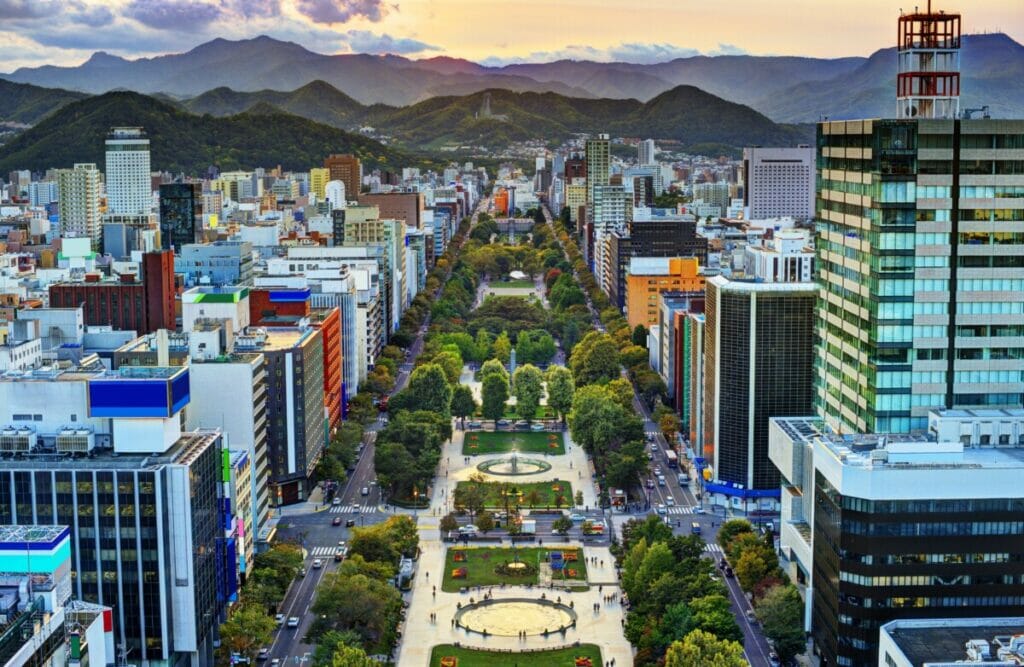
- Sapporo Clock Tower The Sapporo Clock Tower is a symbol of the city of Sapporo and a popular landmark for tourists. Built in 1878, the clock tower is one of the oldest buildings in Sapporo and is a great example of American colonial architecture.
- Shiroi Koibito Park Shiroi Koibito Park is a theme park dedicated to the famous Hokkaido confectionery, Shiroi Koibito chocolate cookies. Visitors can tour the chocolate factory, learn about the history of the confectionery, and purchase souvenirs.
- Odori Park Odori Park is a large park located in the heart of Sapporo that spans 13 city blocks. It is a popular destination for events, festivals, and outdoor activities such as picnicking, jogging, and cycling. In winter, the park hosts the famous Sapporo Snow Festival, which features magnificent snow sculptures.
- Sapporo Beer Museum The Sapporo Beer Museum is a must-visit destination for beer lovers. The museum showcases the history of Sapporo beer, its production process, and visitors can taste different types of beer.
- Asahiyama Zoo The Asahiyama Zoo is a popular attraction in Hokkaido known for its unique and interactive animal exhibits. Visitors can see polar bears, penguins, and other animals up close and learn about their natural habitats.
- Shikotsu-Toya National Park The Shikotsu-Toya National Park is a beautiful national park in Hokkaido that is known for its scenic beauty, hot springs, and outdoor activities. The park includes two volcanic calderas, Lake Shikotsu and Lake Toya, and visitors can enjoy hiking, skiing, and snowshoeing.
- Otaru Canal The Otaru Canal is a picturesque canal that runs through the center of the historic port city of Otaru. The canal is lined with historic buildings, warehouses, and shops that now house restaurants and cafes.
Hiroshima
Hiroshima is a city located on the western coast of Honshu, Japan’s main island.
The city is famous for its history, culture, and resilience after the devastation caused by the atomic bombing during World War II. Here are some of the most iconic landmarks in Hiroshima.
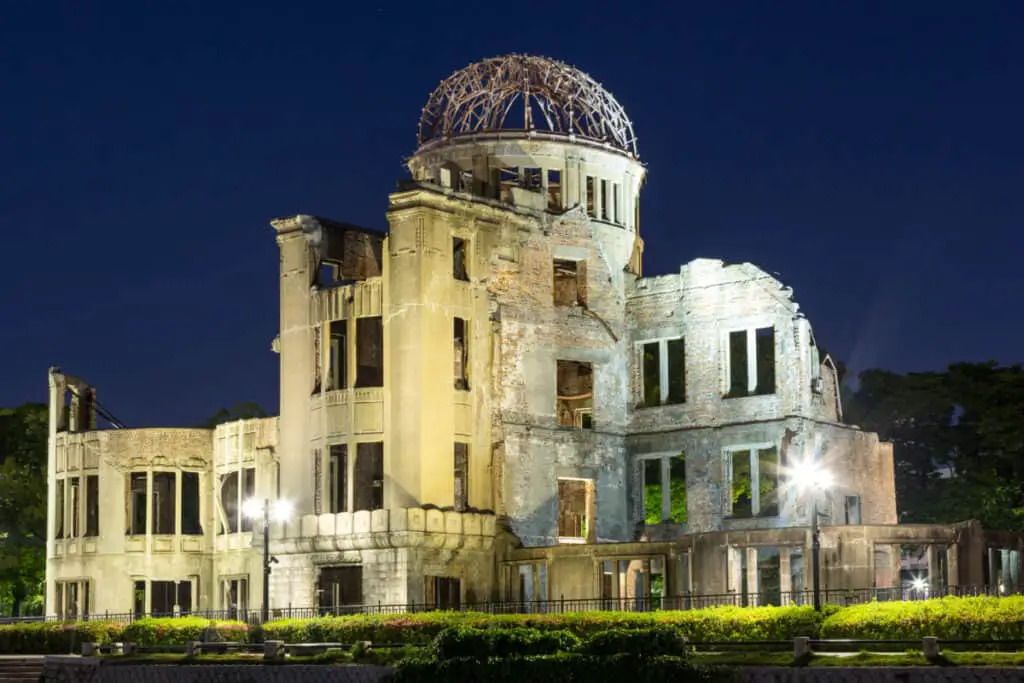
- Hiroshima Peace Memorial Park The Hiroshima Peace Memorial Park is a symbol of peace and a tribute to the victims of the atomic bombing in 1945. The park includes several monuments, the Peace Memorial Museum, and the Atomic Bomb Dome, which is a UNESCO World Heritage site.
- Miyajima Island Miyajima Island is a small island located in Hiroshima Bay that is known for its beautiful scenery and the Itsukushima Shrine. The shrine is a UNESCO World Heritage site and is famous for its torii gate, which appears to be floating in the water during high tide.
- Hiroshima Castle Hiroshima Castle is a historic castle that was originally built in the 1590s. The castle was destroyed during the atomic bombing but was later reconstructed as a museum showcasing the history and culture of Hiroshima.
- Shukkeien Garden Shukkeien Garden is a beautiful Japanese garden located in the center of Hiroshima. The garden features a pond, teahouse, and traditional Japanese landscaping that creates a peaceful and serene atmosphere.
- Hiroshima Museum of Art The Hiroshima Museum of Art is a modern art museum that showcases contemporary and traditional Japanese art. The museum features works by local and international artists and offers a unique perspective on the art scene in Japan.
- Mazda Museum The Mazda Museum is a tribute to the history and success of the Mazda Motor Corporation, which is headquartered in Hiroshima. Visitors can see the evolution of Mazda’s cars and learn about the company’s innovations and achievements.
- Hiroshima City Asa Zoological Park The Hiroshima City Asa Zoological Park is a popular attraction for families and animal lovers. The zoo is home to over 150 species of animals, including rare and endangered species such as the Japanese giant salamander.
Nagoya
Nagoya is the fourth-largest city in Japan, located in the Aichi Prefecture of the country’s central region.
It is a thriving industrial and commercial center and is famous for its delicious food, rich culture, and impressive landmarks. Here are some of the most iconic landmarks in Nagoya:
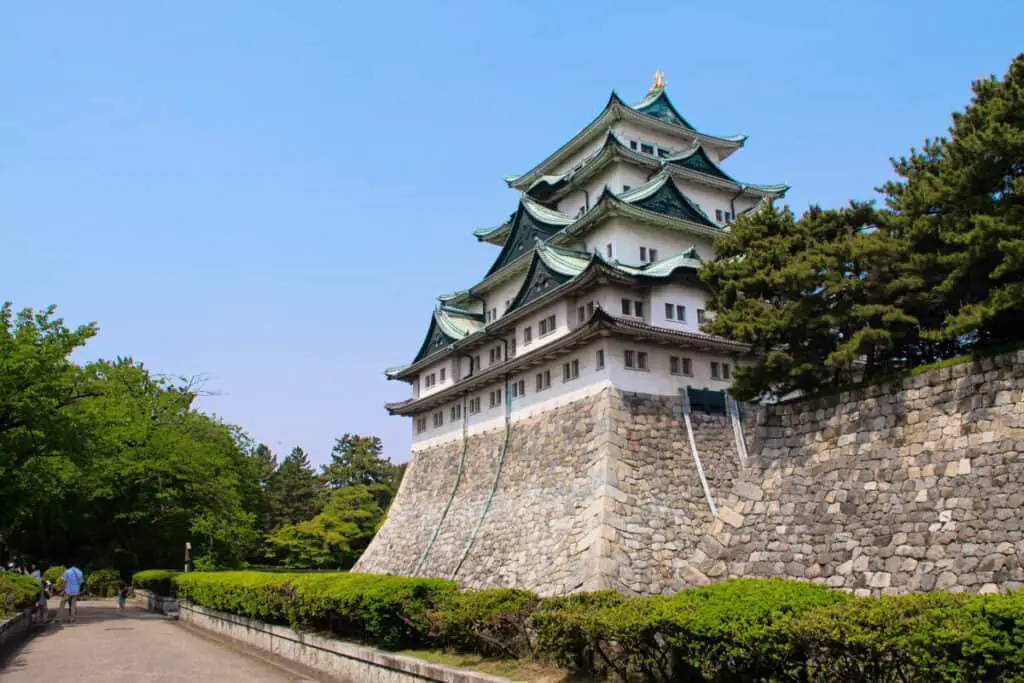
- Nagoya Castle Nagoya Castle is a historical landmark that was built in the 17th century by the famous samurai warrior, Tokugawa Ieyasu. It is famous for its unique architecture, beautiful gardens, and exhibits on samurai culture.
- Atsuta Jingu Shrine Atsuta Jingu Shrine is one of the most important Shinto shrines in Japan and is said to house the sacred sword, Kusanagi-no-Tsurugi, one of the three imperial regalia of Japan. The shrine is a popular destination for tourists and locals alike, and the surrounding park is a great place for a picnic.
- Nagoya City Science Museum The Nagoya City Science Museum is a fascinating attraction for science lovers of all ages. The museum boasts one of the largest planetariums in the world and exhibits on topics such as biology, physics, and technology.
- Oasis 21 Oasis 21 is a modern urban space that serves as a hub for cultural and commercial activities. The highlight of this landmark is a futuristic-looking glass roof that provides a stunning view of the surrounding buildings and cityscape.
- Tokugawa Art Museum The Tokugawa Art Museum is home to a vast collection of samurai artifacts, including swords, armor, and helmets. The museum is housed in a beautiful traditional building and provides visitors with an in-depth look at the art and culture of the samurai.
- Port of Nagoya Public Aquarium The Port of Nagoya Public Aquarium is a great place for families to spend a day out. The aquarium is home to over 50,000 sea creatures, including dolphins, penguins, and sharks. The highlight of the aquarium is the gigantic tank that houses whale sharks.
- Osu Kannon Temple Osu Kannon Temple is a Buddhist temple that dates back to the 14th century. It is known for its iconic Kannon statue and the bustling shopping street that surrounds the temple. This street is a great place to buy souvenirs and sample some of Nagoya’s famous street food.
Japan is a country that is renowned for its rich cultural heritage, breathtaking natural landscapes, and famous landmarks that attract millions of tourists every year.
From the iconic Tokyo Tower and Tokyo Skytree to the Himeji Castle and Itsukushima Shrine, there are countless sites of historical and cultural significance in Japan.
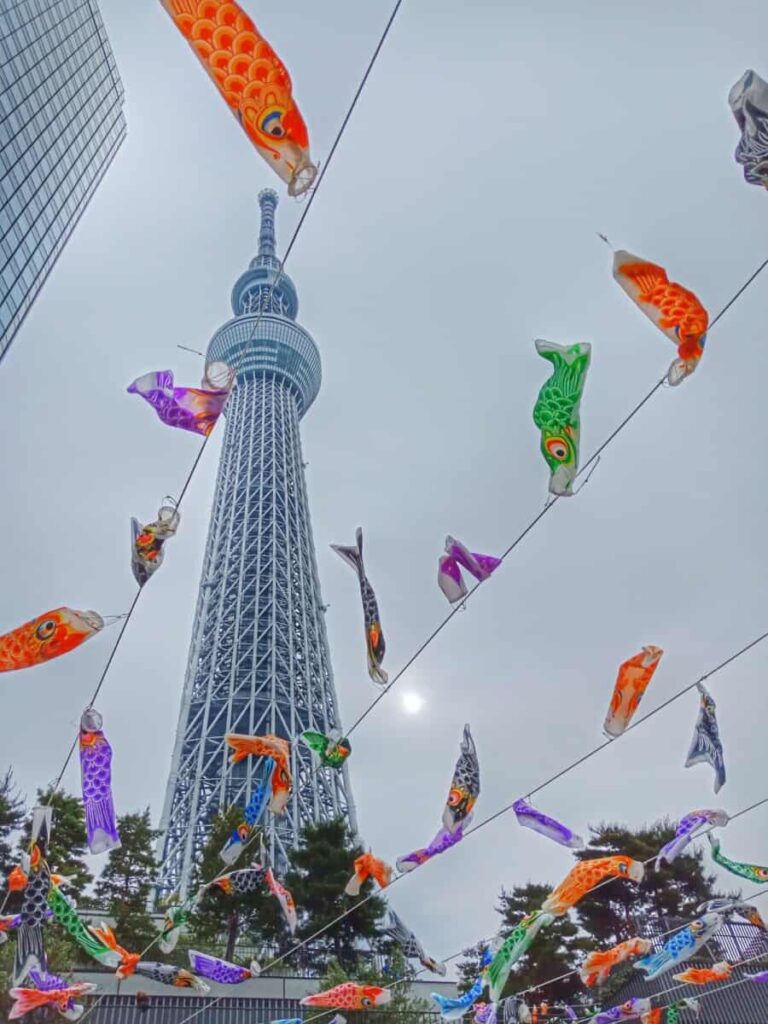
Many of these landmarks have been designated as UNESCO World Heritage Sites, including the Himeji Castle, the Itsukushima Shrine, and the Kyoto Imperial Palace.
These historical monuments offer visitors a glimpse into Japan’s rich history and are must-see attractions for anyone visiting the country.
Final Thoughts On These Impressive Landmarks
Japan’s natural beauty is also on full display at landmarks such as Mount Fuji, an active volcano that is the tallest mountain in Japan and a popular spot for hiking and sightseeing.
The Fushimi Inari Taisha Shrine, with its famous vermilion torii gates and surrounding network of trails, is also a popular attraction for visitors seeking to experience the beauty of Japan’s natural landscapes.
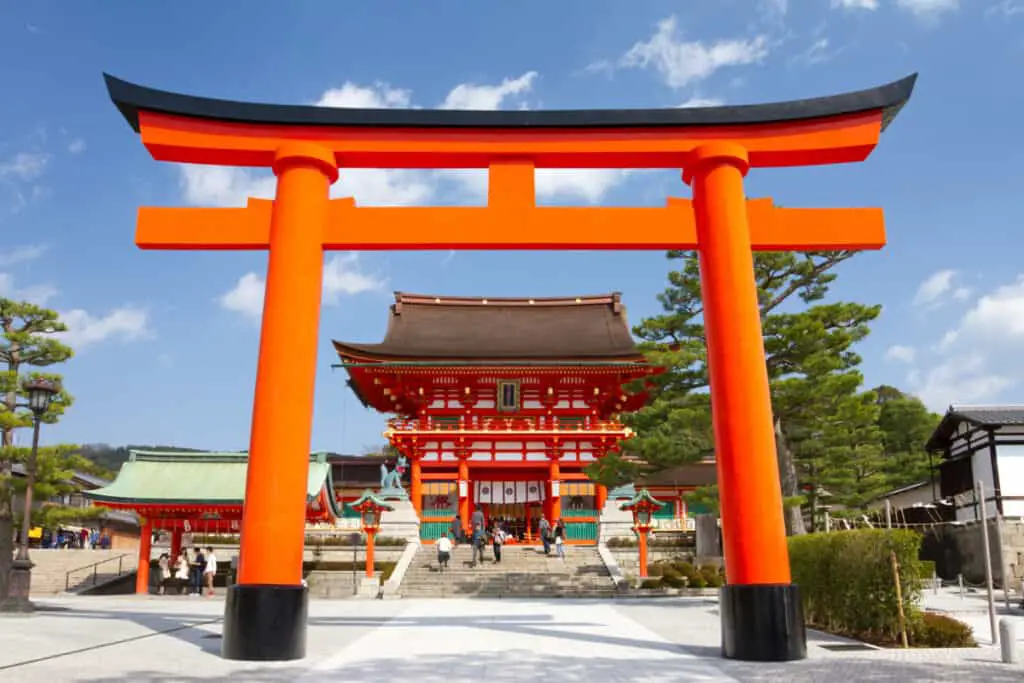
In addition to natural beauty, Japan is also known for its hot springs, beautiful gardens, and cherry blossom season, which draws millions of visitors each year.
The Arashiyama Bamboo Grove in Kyoto and the Jigokudani Monkey Park in Nagano Prefecture are two popular spots for visitors seeking to experience Japan’s natural beauty.
For those interested in Japanese culture, landmarks such as the Meiji Shrine, Sensoji Temple, and Yasukuni Shrine provide a unique insight into Japan’s religious and cultural history.
The Tokyo National Museum and Edo Castle offer visitors a chance to explore Japan’s rich artistic and historical traditions.
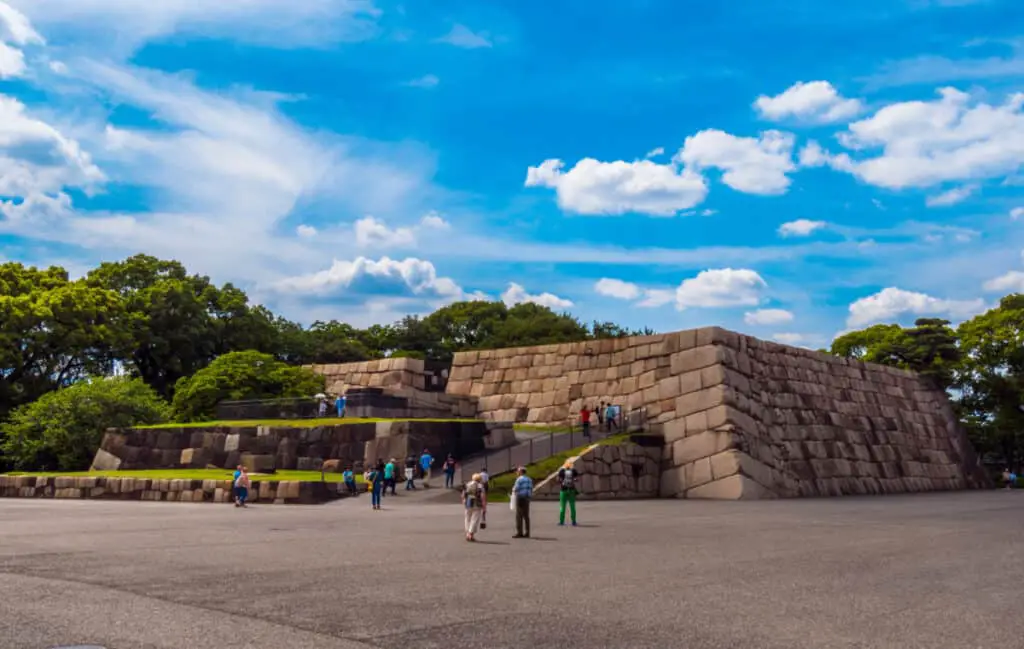
Finally, Japan is also home to some of the tallest structures in the world, including the Tokyo Skytree and the Tokyo Tower.
These observation decks offer stunning views of the surrounding area and are a must-see attraction for anyone visiting Tokyo.
Overall, Japan is a country that offers something for everyone, whether you’re interested in natural beauty, historical sites, or modern attractions.
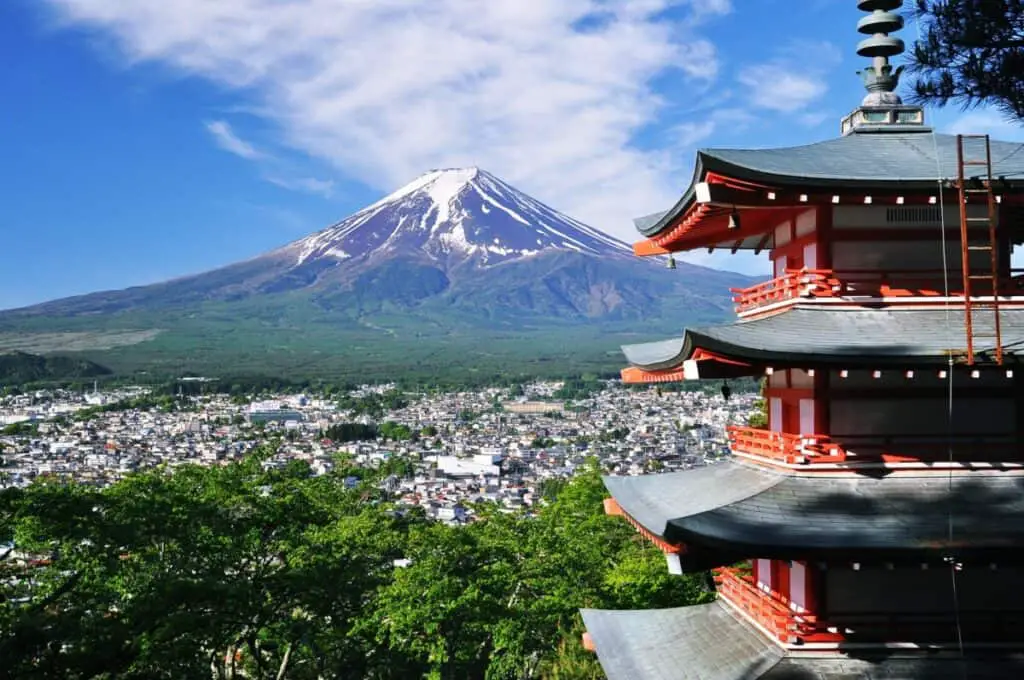
With its unique blend of ancient traditions and modern technology, Japan is truly one of the world’s most fascinating destinations.
Whether you’re visiting for the first time or returning for another trip, there is always something new and exciting to discover in this beautiful country.








